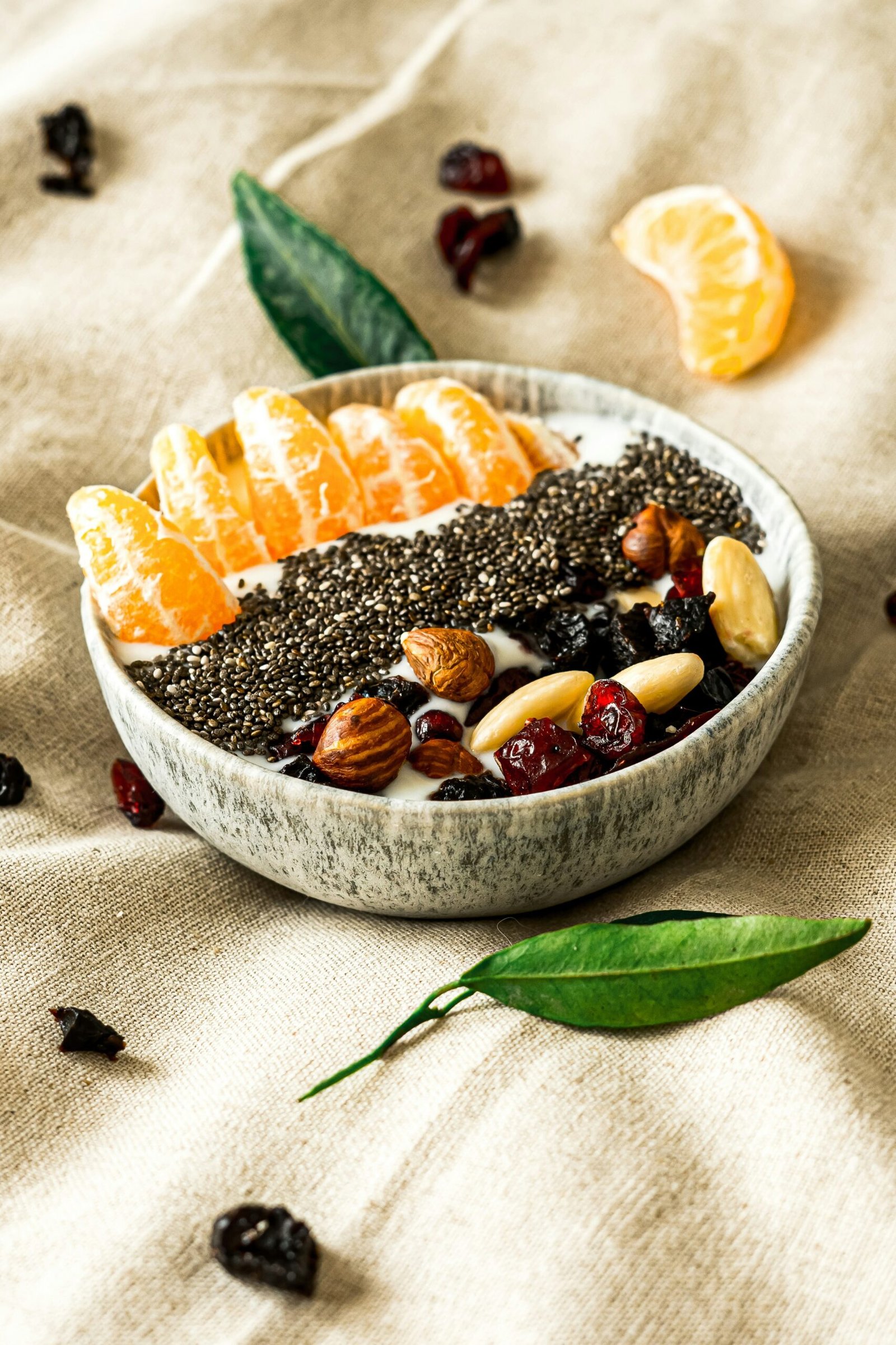Understanding Fasting: Types and Definitions
Fasting is defined as the voluntary abstention from food and, in some cases, drinking for a specific period. The practice of fasting spans centuries, often associated with spiritual and religious traditions. However, modern science has illuminated its potential health benefits, resulting in the proliferation of various fasting methods. This extensive array of options allows individuals to select a fasting approach tailored to their unique lifestyle and health objectives.
One prevalent form of fasting is intermittent fasting (IF), which involves cycling between periods of eating and fasting. Popular protocols, such as the 16/8 method, entail fasting for 16 hours and consuming meals within an 8-hour window. This structure can assist in weight management and improve metabolic health, making it a favorite among those seeking a manageable lifestyle change.
Extended fasting, which typically lasts more than 24 hours, has gained attention for its potential to facilitate significant physiological benefits, including enhanced autophagy, a process wherein the body clears out damaged cells and regenerates new ones. However, such prolonged fasting should be approached with caution and ideally under medical supervision to ensure safety and effectiveness.
Time-restricted eating (TRE) is another variation that focuses on limiting food intake to specific times of the day, often aligning with natural circadian rhythms. Research suggests that adhering to these natural cycles can have positive effects on metabolism and overall health while providing flexibility in meal planning.
Overall, understanding these different fasting types not only sheds light on their historical context but also helps illustrate the physiological changes that occur as the body adapts to fasting. With this foundation, individuals can better appreciate and select the fasting approach that best complements their health goals and lifestyle preferences.
Health Benefits of Fasting
Fasting has garnered significant attention for its numerous health benefits, substantiated by scientific research. One of the most notable advantages is weight loss. When an individual fasts, the body undergoes metabolic changes that facilitate fat breakdown for energy. This can lead to a reduction in body fat, contributing to overall weight management. Studies suggest that intermittent fasting, in particular, can be an effective method for achieving sustainable weight loss and improving body composition.
Additionally, fasting is associated with improvements in metabolic health. Research indicates that periodic fasting can enhance insulin sensitivity, which is crucial for maintaining balanced blood sugar levels. A notable benefit is the potential for fasting to lower triglyceride levels and improve cholesterol profiles, thereby reducing the risk of heart diseases. Enhanced heart health can be attributed to the decreased inflammation often noticed during fasting periods, which is a critical factor in cardiovascular wellness.
Beyond physical health, fasting also offers cognitive advantages. Emerging studies suggest that fasting may enhance brain function, potentially by promoting neurogenesis, and the production of new neurons. Furthermore, fasting is linked to increased levels of brain-derived neurotrophic factor (BDNF), a protein that supports the survival of neurons and plays a role in learning and memory. Additionally, some research highlights potential longevity effects associated with fasting, proposing that caloric restriction may activate biological pathways that lead to increased lifespan.
These diverse health benefits create a compelling case for incorporating fasting into one’s routine. However, individuals need to approach fasting safely and consider factors such as personal health conditions before embarking on this dietary practice. Through careful consideration, fasting could be a beneficial addition to an individual’s health and wellness strategy.
How to Fast Safely: Guidelines and Tips
Fasting, while beneficial for many, requires careful consideration and planning to ensure safety. Before embarking on any fasting regimen, it is crucial to prioritize hydration. Water is essential, not only for maintaining bodily functions but also for alleviating feelings of hunger. Individuals should aim to drink ample amounts of water before and after the fasting period, as well as during if the type of fast allows it. In addition, those engaging in intermittent fasting may benefit from lightweight hydration options such as herbal teas or broths during non-eating hours.
Listening to one’s body is vital during fasting. Signals such as dizziness, fatigue, and persistent hunger may indicate that the fasting practice is too aggressive or not suitable for the individual. If these signs arise, it is advisable to reassess the fasting approach or to consider temporarily suspending the practice. It is equally important to be aware of dehydration or nutrient deficiency symptoms, manifesting as dry skin, irritability, or concentration difficulties. Recognizing these signs promptly will facilitate timely interventions, ensuring the fast remains safe and beneficial.
Certain populations should exercise caution or consult healthcare professionals before starting a fasting regimen. This includes individuals with pre-existing medical conditions, such as diabetes, eating disorders, or cardiovascular issues. Pregnant or breastfeeding women should also seek medical advice before attempting fasting to avoid potential risks to both mother and child. For those new to fasting, shorter durations, such as 12 to 16 hours, can be a suitable starting point, gradually extending as one becomes accustomed to the practice. More experienced individuals may explore longer fasts but should remain attuned to their body’s needs and responses throughout the process.

Integrating Fasting into Your Lifestyle
Integrating fasting into your daily routine requires a thoughtful approach to meal planning, preparation, and social interactions. To begin, consider your current eating habits and identify the best fasting method that aligns with your lifestyle. Intermittent fasting, for instance, allows flexibility in meal timing, enabling you to tailor your eating schedule around work commitments and family meals.
When preparing for fasting, it is essential to maintain a balanced diet during non-fasting hours. Aim to consume nutrient-dense foods rich in vitamins, minerals, and fiber to support overall health. Planning meals can help prevent impulsive decisions during eating periods. Incorporate a variety of whole foods such as fruits, vegetables, lean proteins, whole grains, and healthy fats to ensure proper nutrition during your eating windows.
Managing social situations can pose challenges while fasting, especially during gatherings that revolve around food. Communicating your fasting goals to friends and family can foster understanding and support. Additionally, consider options that allow you to participate without compromising your fasting schedule. For example, focus on beverages or meals that fit within your fasting framework and enjoy the social aspect rather than fixating on food consumption.
To maintain motivation, track your progress using a journal or mobile application. Document your fasting hours, physical sensations, and any changes in energy or mood. This will not only help keep you accountable but also allow you to recognize the positive effects of fasting on your life. As you become more familiar with your fasting routine, be open to making adjustments based on your body’s reactions and evolving lifestyle needs.
By embracing these strategies, fasting can transform from a temporary practice into a sustainable lifestyle choice that enhances your overall well-being.







